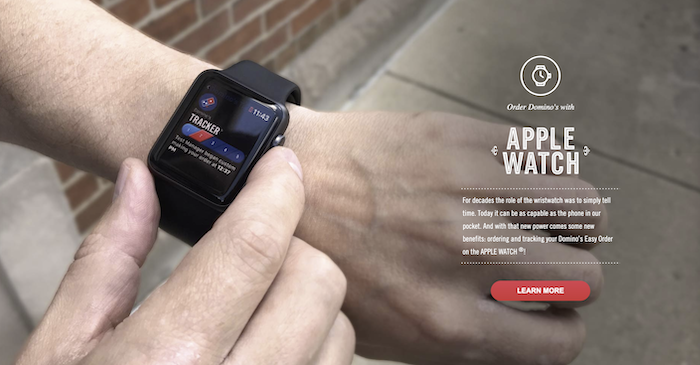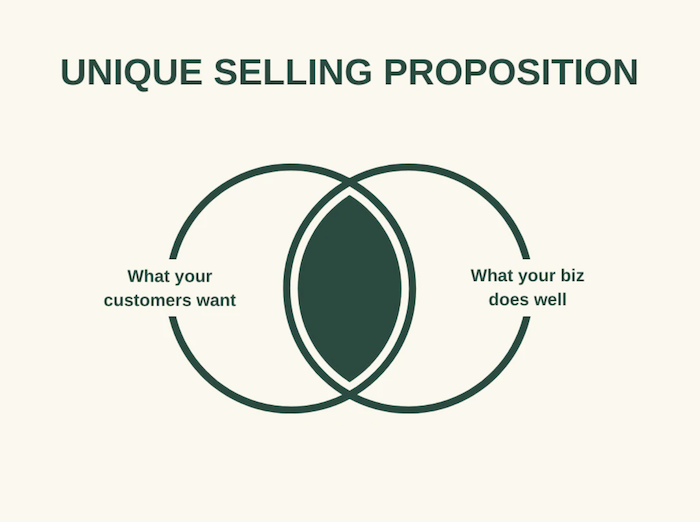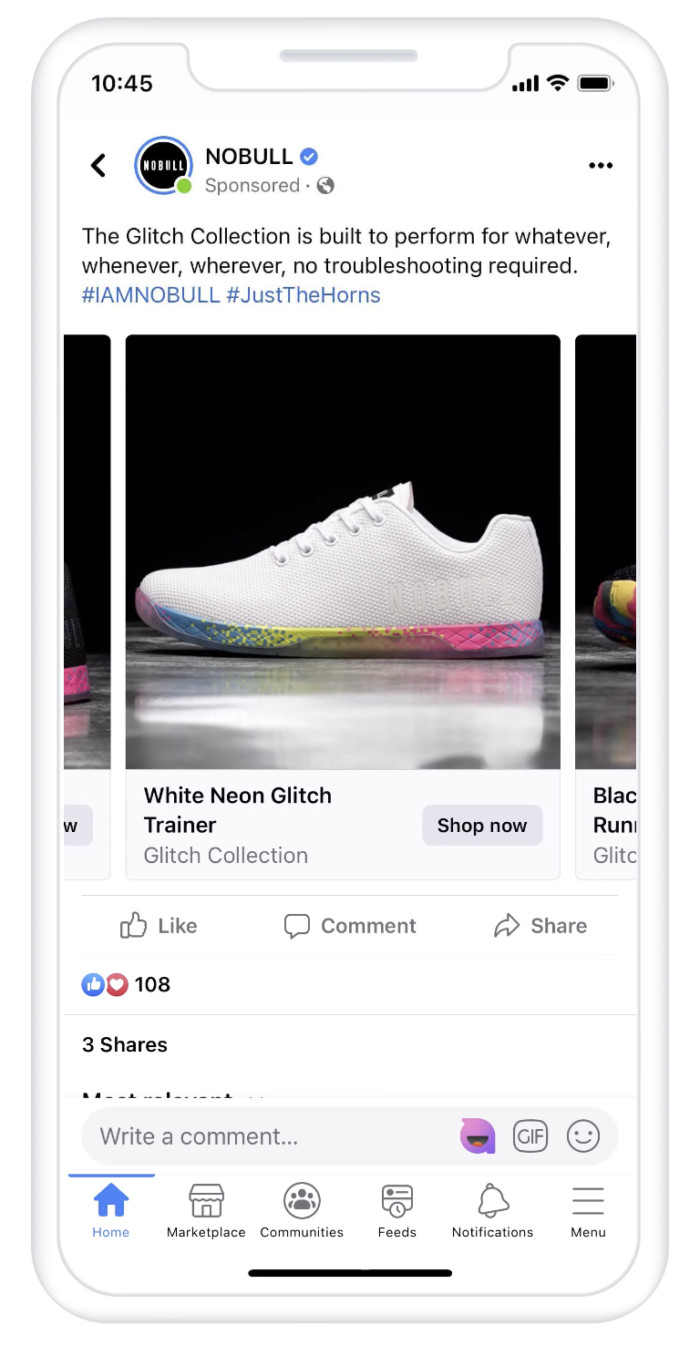When a customer interacts with your brand on your website, on social media channels, or in person, they should have a cohesive experience.
From brand voice to visual identity, everything should be aligned with your company’s mission, values, and goals.
This approach is called integrated marketing communications (IMC).
As more and more customers use three or more channels to research a brand, integrated marketing communications are becoming more and more important.
WSo what are integrated marketing communications, and why do they work so well? In this blog post, we’ll answer those questions and give you some tips on how to create your own integrated marketing communications plan.
What Are Integrated Marketing Communications?
The goal of integrated marketing communications is to create a consistent message and brand identity that customers will recognize across all channels.
This requires a coordinated effort that includes all aspects of marketing, from advertising and public relations to sales and customer service.
For example, if a customer sees an ad for your product on TV, hears about it on the radio, and then visits your website, they should have the same experience.
Your message should be consistent across all channels, and each channel should work together to support the others.
Why is this important?
Well, in a world where 77 percent of B2B buyers spend time researching purchases online and purchase frequency is 250 percent higher on omnichannel vs. single-channel shopping, you need to make sure your message is getting through, loud and clear.
An integrated marketing communications plan will help you do just that by bringing all of your marketing efforts together into one cohesive strategy.
Why Integrated Marketing Campaigns Work
Integrated marketing communications campaigns work because they provide a consistent message across all channels that are reinforced with each interaction.
This type of marketing allows you to control the conversation about your brand and ensure that your target audience is seeing the same message no matter where they encounter your brand—–whether it’s through paid advertising, social media, or even in person.
Plus, integrated marketing communications campaigns are often more cost-effective than single-channel campaigns because you can leverage existing content and assets across multiple channels.
Key benefits of an integrated marketing communications plan:
- Rreach a wider audience than single-channel experiences
- Kkeep your brand top of mind across all channels
- Bbuild audience trust with consistent messaging and campaigns
- Ssave budget by reusing content and assets
If that’s not enough, research from the Harvard Business Review found that customers who use omnichannel shopping spend 10 percent % more online and four4 percent % more in-store than single-channel customers.
Integrated Marketing Communications Examples
Looking for your next great integrated marketing communications campaign? Check out these examples for inspiration.
Budweisers’ “Whassup?” Campaign
The “Whassup?” campaign by Budweiser first aired during Monday Night Football in 1999. The campaign featured characters answering the phone saying, “Whassup?” in a comical, slurred way.
While the internet was still in its infancy, Budweiser became a pioneer by directing viewers to its website.
On the website, visitors could learn how to say “Whassup” in over 30 different languages! With this new marketing campaign, only one phrase increased visitors to Budweiser’s website and sealed the integrated marketing communications campaign’s efficacy.
The campaign was a success and won the Cannes Grand Prix award as well as the Grand Clio award. The catchphrase was also featured in pop-culture hits such as Scary Movie (2000), Friends (2003), The Simpsons (2002, 2005), and Ant-Man and the Wasp (2008).
For the 2020 Super BowlSuperbowl, Budweiser brought this campaign back in a pandemic-themed re-make titled, “Whassup again?”
Domino’s “AnyWare” Campaign
Another integrated marketing communications campaign example success story comes from Domino’s Pizza.
ToIn order to increase digital orders, Domino’s created AnyWare, which allows customers to order pizza through various platforms such as a tweet, text, Ford Sync, Smart TVs, and smartwatches.
Each new way to order was introduced with its own press release and driven to the DominosAnyWare.com website.
In 2015, Dominos also launched a national TV ad campaign featuring celebrities arguing that their way of ordering was the best.
To date, the AnyWare campaign has generated 2 billion earned media impressions including spots on The Ellen Show, Jimmy Fallon, and The Today Show. The TV campaigns generated 10.5 percent year-over-year growth for the brand.

The Martian Movie
To promote the theatertheatre release of 20th Century Fox and Ridley Scott’s, “The Martian” in 2015, a prologue campaign was created to increase awareness and excitement.
The goal of the “The Martian” prologue campaign was to build box office hype around the new film.
An integrated marketing communications strategy was built to be consumed on a variety of channels including, but not limited to: social media, video, celebrity endorsements, and traditional PR and marketing efforts.
The campaigns included a mock episode of Neil deGrasse Tyson’s StarTalk from the year 2035, an Under Armour campaign showing “The Martian”‘s main character, Mark Watney, as a superathlete of the future, and mock-declassified NASA footage showing each character going through psychological testing before heading out into space.
The Martian opened number one at the box offices and had the second-highest fall opening of all time. It was also the number one movie in the U.S. for four4 weeks.
How to Create an Integrated Marketing Communications Plan
If you want to create an integrated marketing communications plan that highlights the best of your brand, here are a few key steps you need to take.
1. Get to Know Your Audience
Before you start developing your communications plan, you must takeit’s important that you take the time to get to know your audience.
Consider demographic factors, such as education level, gender, income, age, race, and geographic location. Then, think about behavioral and psychological traits, including things like interests, hobbies, and values.
Take demographic factors like education level, income, age, race, gender, and geographic location into consideration. Don’t forget about psychological and behavioral traits like values, hobbies, and interests.
Creating a customer profile that is specifically tailored to your ideal customer will help you make better decisions about your marketing campaign.
In some cases, you may have more than one customer profile for a given campaign. Sometimes, you may have multiple customer profiles for one campaign. In that case, it’s important to segment your audience so that you can tailor your message to each group.
For example, if you’re marketing a new line of environmentally-friendly cleaning products, you might have one customer profile that is interested in saving money and another that is interested in saving the planet.
Tailoring your message to each group will help you create an integrated marketing communications plan that highlights the best of your brand.
2. Set a Budget
Let’s face it, you might not be in a position to hire Neil deGrasse Tyson, NASA, and Under Armour in your first integrated marketing communications campaign.
But tThat doesn’t mean you can’t create a strong, compelling message.
The key is to set a realistic budget and then allocate your resources accordingly.
If you have a limited budget, focus on creating high-quality content that can be distributed across multiple channels.
If you have a larger budget, look for high-profile partnerships, influencer marketing, and other paid media opportunities.
In either case, make sure you have a clear plan for how you will spend your money and what your limits are.
3. Outline Your Unique Selling Proposition (USP)
One of the most important parts of creating an integrated marketing communications plan is understanding what makes your brand unique.
- What do you offer that no one else does?
- What can you do better than anyone else?
Answering these questions will help you develop a strong unique selling proposition (USP), which will be a key component of your communications strategy.
Once you have your USP, make sure it is front and center in all of your marketing materials.
It should be the through-line that ties together your various communications channels and provides a consistent message to your target audience.
For example, if you are a luxury car brand like Audi, your USP might be “Luxurious and comfortable cars delivering excellent engine performance.”
Make sure this message is clear in your advertising, social media posts, website content, and any other marketing collateral.
If you’re selling running shoes like Nike, your USP might be “The best shoes for athletes and fitness.”
Again, this should be a consistent message across all of your communications channels.
Your USP will be the foundation of your integrated marketing communications strategy, so take the time to develop it thoughtfully.

4. Decide Which Platforms You’ll Use
Once you know who you’re speaking to and what you want to say, you need to decide which channels you’ll use to reach your target audience.
This will be different for every business, but some common options include:
- Eemail marketing
- Ssocial media platforms (Facebook, Twitter, Instagram, LinkedIn)
- Aadvertising (digital and traditional)
- Ccontent marketing (blog posts, infographics, eBooks)
- Eevents and tradeshows
- PR and media relations
Once you decide on overarching channels, you’ll also need to determine which specific tactics you’ll use on each platform.
For example, if you’re using Facebook to reach your target audience, will you primarily rely on organic posts or paid ads? If you’re using email marketing, what sort of content will you include in your newsletters?
Asking yourself these types of questions will help you create a more comprehensive and effective IMC strategy.
5. Messaging Style
While your brand voice needs to be consistent across all channels, the way you actually communicate with your audience will vary depending on the platform you’re using.
For example, the messaging you use in a Facebook ad will be different from than the messaging you use in an email newsletter.
Your tone might also change depending on whether you’re trying to build awareness, generate leads or drive sales.
Keep this in mind as you create your content calendar and start to populate it with messaging that’s in line with your brand voice and the goals of each individual piece.
Here are two examples from sneaker company No Bull, which uses different messaging styles on Facebook ads versus Twitter posts.

<blockquote class=”twitter-tweet”><p lang=”en” dir=”ltr”>About to take on the week like…<br>Congrats on a great finish in Dubai, Tola!<a href=”https://twitter.com/hashtag/IAMNOBULL?src=hash&ref_src=twsrc%5Etfw”>#IAMNOBULL</a> <a href=”https://twitter.com/hashtag/JustTheHorns?src=hash&ref_src=twsrc%5Etfw”>#JustTheHorns</a> <a href=”https://twitter.com/hashtag/BehindTheHorns?src=hash&ref_src=twsrc%5Etfw”>#BehindTheHorns</a> <a href=”https://t.co/RqlABILona”>pic.twitter.com/RqlABILona</a></p>— NOBULL (@justthehorns) <a href=”https://twitter.com/justthehorns/status/1206646654989783047?ref_src=twsrc%5Etfw”>December 16, 2019</a></blockquote> <script async src=”https://platform.twitter.com/widgets.js” charset=”utf-8″></script>
6. Set Your Targets and Goals
You’re almost ready to start putting your IMC plan into action, but first, you need to set some targets and goals. Consider the following:
- What do you want are you looking to achieve with your integrated marketing communications strategy?
- Are you trying to improve your external reach?
- What about internal communications?
- Is there a particular target audience you’re looking to engage?
Attaching numbers to your objectives is a good way to measure progress. For example, if one of your goals is to increase brand awareness, you could measure this by tracking the number of mentions your brand receives online.
Or, if you’re looking to improve customer satisfaction, you could survey your customers after they’ve made a purchase.
Other goals can include:
- Email sign- ups
- Social media follows and engagement
- Website traffic
- Sales or conversions
- Phone calls
- Event sign-ups and ticket sales
Once you have some goals and targets in mind, it’s time to start putting your integrated marketing communications plan into action!
7. Track and Optimize
Once your integrated marketing communications campaign is up and running, it’s important to track progress and optimize along the way.
Analytics are key in understanding what’s working and what’s not.
Be sure to keep an eye on your campaign goals and KPIs, and adjust as necessary. If you’re not seeing the results you want, don’t be afraid to change things up.
For example, let’s imagine you’re running an email campaign as part of your integrated marketing communications plan.
You might want to track metrics such as:
- Oopen rates
- Cclick-through rates
- Uunsubscribe rates
If your open or click-through rates are low, you might want to consider changing up your subject lines or email content.
Or, if you’re seeing higher than average unsubscribe rates, that could be an indication that your content is not relevant to your audience.
It’s important to constantly test and measure the performance of your campaigns so that you can make necessary adjustments to ensure success. By doing so, you’ll be able to create an integrated marketing communications plan that highlights the best of your brand.
Frequently Asked Questions: Integrated Marketing Communication Plans
What does integrated marketing communication mean?
Integrated marketing communication is an approach to marketing that uses all aspects of a company’s communication channels to deliver a consistent message.
What are the benefits of using an integrated marketing communications plan?
The benefit of an integrated marketing communications plan is to ensure that all of a company’s marketing efforts are working together in harmony to deliver a consistent message.
What are the five forms of integrated marketing communications?
There are five main ways to market your product or service. They are advertising, direct marketing, internet marketing, sales promotion, and public relations. All of these methods can be used together to create a harmonious marketing plan.
Do integrated marketing communication plans help drive ROI?
Yes, integrated marketing communication plans can help drive ROI by ensuring that all marketing efforts are working together to deliver a consistent message. This will result in increased brand awareness and customer loyalty, which will lead to increased sales and profits.
Final Thoughts on Integrated Marketing Communications Plans
An integrated marketing communications plan is the key to success for any company.
By creating a plan that outlines the main ways to market your company and product, you can ensure that all of your marketing efforts are working together to deliver a consistent message.
This can result in increased brand awareness and customer loyalty, which can lead to increased sales and profits.
The end result? A more successful company that is better able to compete in today’s marketplace.
How have you found success with integrated marketing communications?


